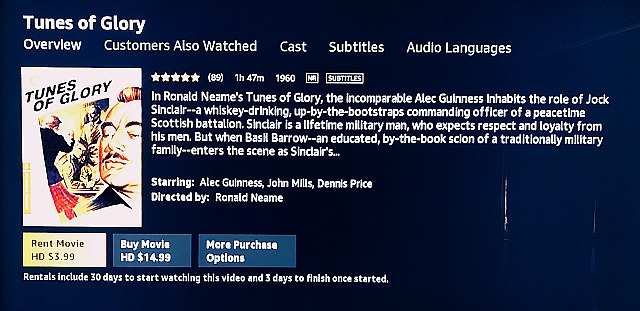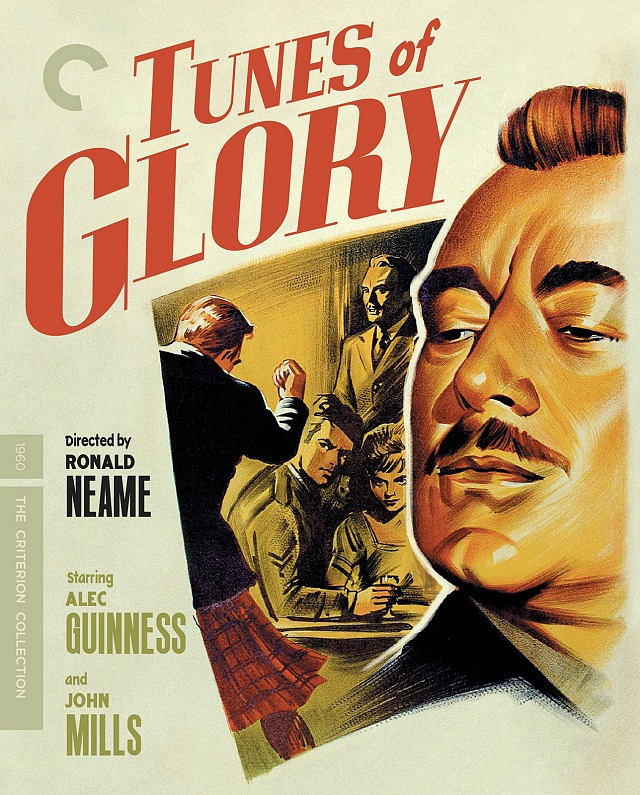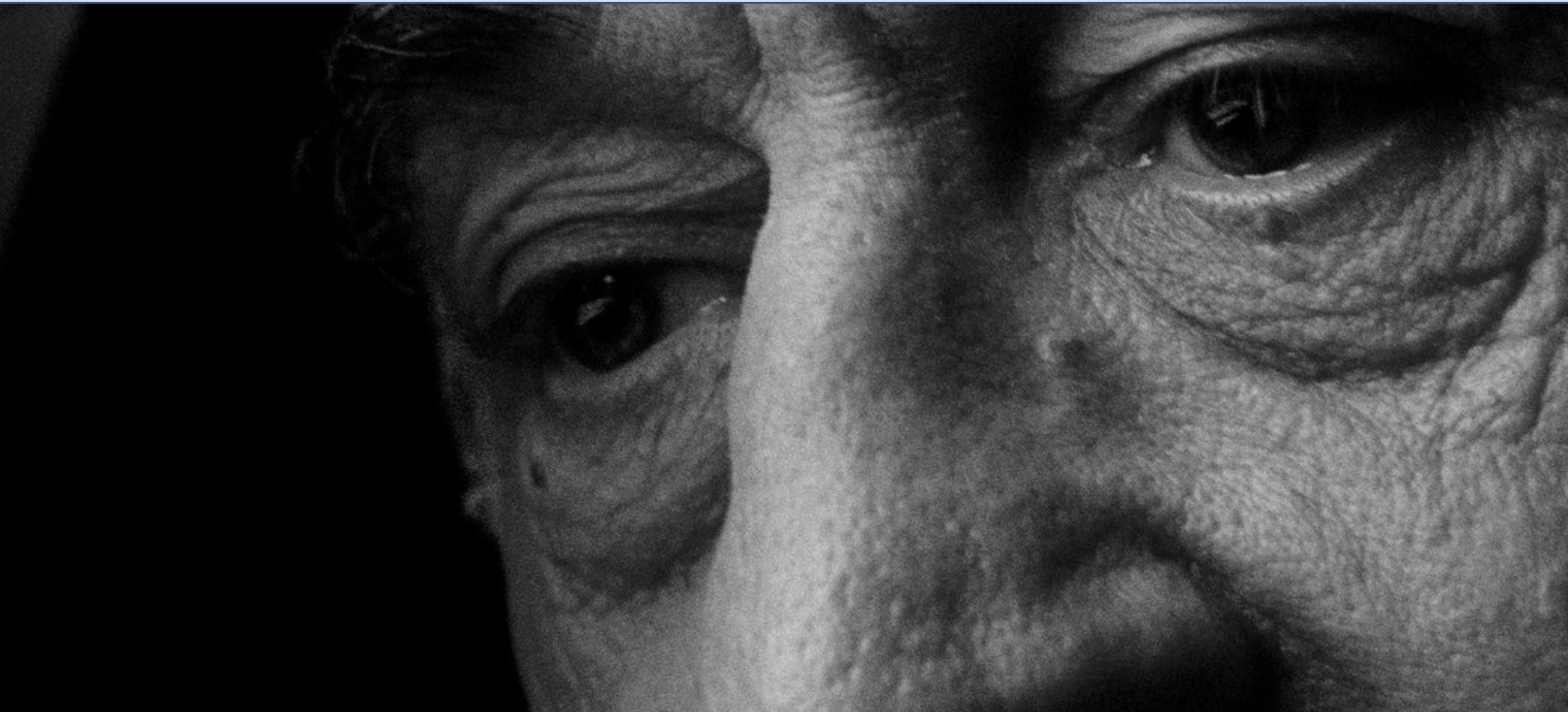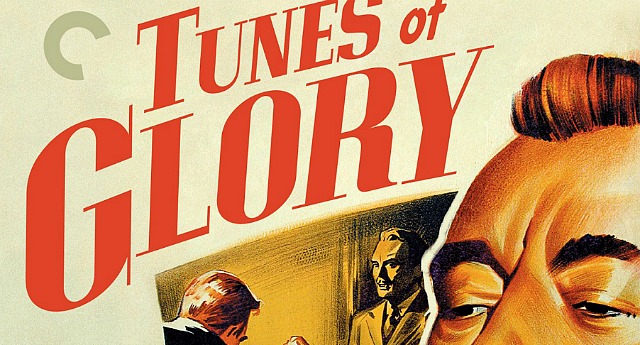Robert De Niro to N.Y. Times‘ David Marchese: “This actor can’t remember lines, so he can’t get a job. A director he knows runs into him at the gas station where he’s working. The director says, ‘I have a play that in the third act, what you do is go and say, ‘Hark, I hear the cannons roar.’ Can I count on you to do that?” The actor says he’ll do it. He goes and rehearses, rehearses, rehearses. ‘Hark, I hear the cannons roar. Hark, I hear the cannons roar.’ On the day of the play, the third act comes and the actor runs out onstage. The cannon goes BOOM! and the actor goes, ‘The fuck was that?!'”
Daily
Arc of Anna Karina
French nouvelle vague icon Anna Karina has passed at age 79. Her death has launched a thousand admiring obits, but her reputation mostly rests upon her starring roles in seven films for director Jean-Luc Godard, whom she married in ’61 and divorced in ’65 after a tumultuous relationship.
I know of six of these — The Little Soldier (’60), A Woman Is a Woman (’61 — resulting in Karina winning a Best Actress award at the Berlin Film Festival), Vivre sa vie (’62), Band of Outsiders (’64), Pierrot le Fou (’65) and Alphaville (ditto).
I feel tremendous respect for Karina’s place in history, but I honestly never felt profoundly struck or stirred or softened by her performances. This is a minority view.
In addition to her acting, Karina had a singing career (Serge Gainsbourg‘s “Sous le soleil exactement” and “Roller Girl”) and wrote four novels (“Vivre ensemble”, “Golden City”, “On n’achète pas le soleil”, “Jusqu’au bout du hasard”). A life fully lived by all accounts. Let’s leave it at that. Condolences to family, friends, colleagues, fans.
“Little Women” Hugs From Boston Critics (BSFC)
In the wake of the Golden Globe and SAG nominations blowoffs, Little Women has had its best award season day thus far. The Boston Society of Film Critics has given Greta Gerwig‘s coming-of-age period drama awards for Best Film, Best Ensemble and Best Actress (Saoirse Ronan) with Gerwig voted first runner-up for Best Director; ditto Florence Pugh for Best Supporting Actress runner-up.
Best Film: Little Women.
Runner Up: Portrait of a Lady on Fire.
HE reaction: BSFC stands up to Parasite, politely says “sorry, guys…the Bong sweep stops here.”
Best Director: Bong Joon Ho, Parasite.
Runner Up: Greta Gerwig, Little Women.
HE reaction: I’ve just been poked in the neck with a steak knife.
Best Ensemble Cast: Little Women.
HE reaction: Not so much — I prefer the Irishman team.
Runners-Up: Once Upon A Time in Hollywood, Parasite.
Best Actor: Adam Sandler, Uncut Gems.
HE reaction: Agreed — a great crazy-fuck performance (and better than the film)
Runner up: Joaquin Phoenix, Joker.
Best Actress: Saoirse Ronan, Little Women.
HE reaction: At least they didn’t tumble for Lupita — they voted with their backbones.
Runners up: TIE between Her Smell‘s Elisabeth Moss (forget it) and Diane‘s Mary Kay Place (yes!)
Best Supporting Actor: Brad Pitt, Once Upon A Time in Hollywood.
Runner up: Joe Pesci, The Irishman.
HE reaction: Fine with both of these — I would’ve gone with Al Pacino‘s Jimmy Hoffa.
Best Supporting Actress: Laura Dern, Marriage Story.
Runner up: Florence Pugh, Little Women.
HE reaction: Dern is a fine choice, Pugh not so much.
Best Screenplay: Once Upon A Time in Hollywood,
Runners up: Marriage Story, Little Women.
Megyn vs. Charlize
As much as I admire Charlize Theron‘s Bombshell performance as Megyn Kelly (and particularly her physical transformation via Kazuhiro Tsuji‘s makeup-and-prosthetic finessing), I kind of like the Real McCoy better.
I watched Kelly on a Frontline “America’s Great Divide” thing on YouTube last night, and as much as I’m appalled by Kelly continuing to rationalize and otherwise cut The Beast a break (not to mention her hilarious contention that Yeshua of Nazareth was white) she’s more magnetic than the Theron version. Her mind is a ginsu blade; she’s fast and fleet. Theron’s Kelly is more emotional and conflicted — basically more actressy.
I realize that Bombshell is only playing in a few big-city theatres, but a fair percentage of HE readers must have seen it. I’ve called it “a smart and rousing David vs. Goliath crowd-pleaser for women (and guys!), and probably the craftiest and most persuasive testimonial for #MeToo that Hollywood has ever put on screen.” How strong of a Best Actress contender is Charlize? Don’t tell me she’s neck-and-neck with Lupita — not out here she isn’t. And what’s happened to the presumptive front-runner status for Judy‘s Renee Zellweger?
Dead Beaten Horse
From yesterday’s “BOFCA Showoffs” comment thread, posted last night: “The scolds on this thread are aware of the fact that prominent genre-level performances (i.e., leads in rowdy-dude comedies, CG space fantasies, heist flicks, randy romcoms, rowdy-girl comedies, whodunits, police-vs.-corrupt politician thrillers, Marvel or D.C. superhero sausage, action adventure spectacles, elevated horror films, zombie and monster flicks) are almost never singled out for year-end acting awards.
“Every now and then this kind of performance will win an Oscar (Gene Hackman in The French Connection) but for the most part it doesn’t. Remember that Joker is not a run-of-the-mill D.C. film but a moody portrait of urban nihilism and despair, so if Joaquin Phoenix wins it won’t count.
“There’s a reason, of course, why Oscar and critic-awards trophies are rarely given for genre-level performances. That’s because these performances are almost never about exposing the underbelly or parting the clouds or shedding light on some aspect of the human condition or experience, and are almost always about merely serving genre requirements or expectations. Because that’s all the scripts usually allow them to do.
“This is what Lupita Nyongo’s Us performance, however unusual or inventive, essentially does. It’s a stand-out, agreed, but it operates within a restricted arena.
“The scolds know this, but they have to play their games.”
Bobby Peru replies: “Absolutely not. It’s a parting of the clouds performance. Let me explain it to you:
“It is about the human tendency to push down our demons until they threaten to overtake us; to subvert our secret selves. It is about how the past always comes back to reclaim us if we do not deal with it. It is about reconciling our dark sides and figuring out which parts are really us. It is about overcoming those demons, however painful they may be.
“It is a hell of a performance and [a hell of a] character. That’s why it’s winning while you sit there stamping your feet. I can’t believe that you missed all of the above and are still determined to tell the rest of us there’s nothing there.”
HE to Peru: “I’m not saying there’s ‘nothing there.’ I’m saying (a) it’s basically a genre performance, (b) that Lupita’s zombie doppelganger is mainly about bugging her eyes out and speaking in a choked, raspy voice, (c) that Jordan Peele‘s script is more creatively noteworthy, and (d) that maybe some of you might want to come up for some air.”
Another Malick Wipeout
It looks as if Terrence Malick‘s A Hidden Life (Fox Searchlight, 12.13) is dead, dead, dead all over. I’m sorry that it doesn’t appear likely to hang on a bit longer, but I’m not surprised. Malick has been burning his once–loyal (or at the very least intrigued) audience for years. And yet attention ought to be paid. For the eye-bath cinematography if nothing else. A little award-season action would help, but nothing’s happening. Tough deal, cold cards.

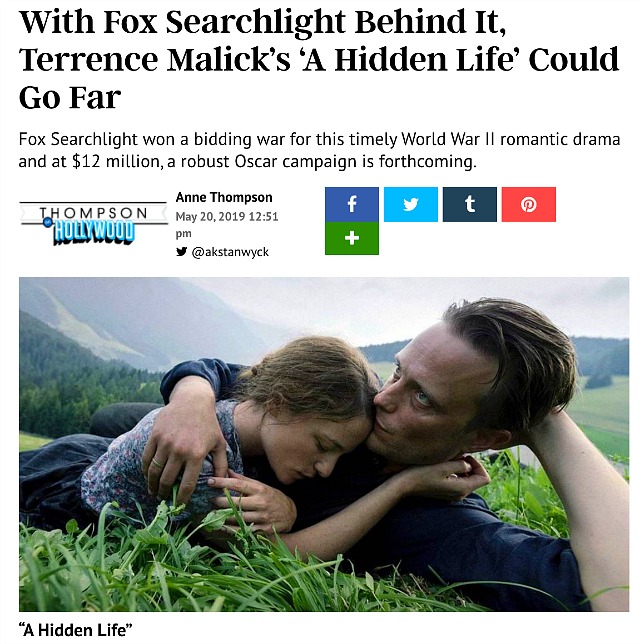
From “Malick’s ‘Hidden Life’ — Same Old Wackadoodle,” posted from Cannes on 5.19.19:
“The idea, then, was that A Hidden Life might represent a return to a kind of filmmaking that Malick hadn’t really embraced since these two films (respectively 14 and 20 years old), or perhaps even since Days of Heaven, which was shot 43 years ago and released in the fall of ’78.
“Because over the last decade (and I wish this were not so) Malick has made and released four story-less, mapped-out but improvised dandelion-fuzz movies — The Tree of Life (’10), To The Wonder (’12), Knight of Cups (’15) and Song to Song (’17).
“The fact that The Tree of Life was widely regarded as the first and best of Malick’s dandelion fuzzies (the principal traits being a meditative, interior-dreamscape current plus whispered narration, no “dialogue” to speak of and Emmanuel Lubezski cinematography that captures the wondrous natural beauty of God’s kingdom)…the fact that The Tree of Life was the finest of these doesn’t change what it basically is.
So You’ve Seen “Richard Jewell” and…?
To Variety‘s Owen Gleiberman, the reason Clint Eastwood made Richard Jewell “couldn’t be more obvious: to demonize the same forces Donald Trump is now in the business of demonizing.
“Richard Jewell is a drama that piggybacks on Trump’s demagoguery. The movie says that the mainstream media can’t be trusted, and that even the government’s top law enforcement agency will railroad you. And Jewell himself is the pudgy-soul-of-the-heartland, ordinary American white-guy yokel who gets used and abused by these corrupt institutions, with no one to look out for him.
“The movie treats him as a symbolic Trump supporter. Yet Eastwood, pretending to be a crusader for justice, would never come close to applying the same standard of truth and honor to the institutions that defend Donald Trump.
“The chief lesson of the Jewell saga should be that rumor, innuendo, and accusation without evidence are egregious — and that what matters, more than anything, is the truth.
Gleiberman wonders “how does [Eastwood] feel about Trump’s daily distortions of the truth? Trump’s lies about his own misbehavior? The baseless accusations he hurls at others? Should the Atlanta Journal-Constitution be vilified for its honest mistakes in judgment during the Jewell case, and Trump — or his chief propaganda organ, Fox News — be given a free ride? Why isn’t noble, straight-as-an-oak-tree Clint Eastwood making a movie about that?”
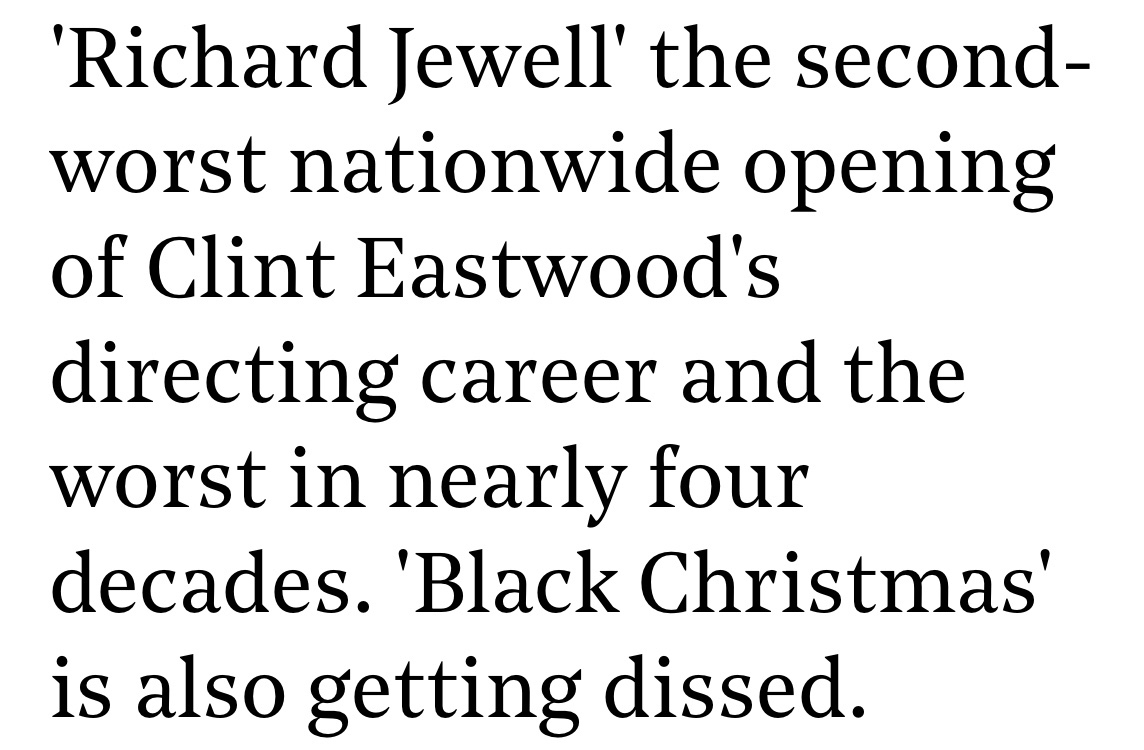

Forgiveness
Hollywood Elsewhere returned to Mexico today, specifically to the Baja Oral Center in Tijuana. My first-rate dentist, Dr. Luis Garcia, gave me a great-looking crown. (BTW he likes The Irishman and Parasite, hasn’t seen Dolor y Gloria, and was a tiny bit meh on Once Upon A Time in Hollywood.) West Hollywood to TJ took a bit more than three hours; Mexican authorities just wave you through sans passport. Although my appointment was at 12 noon, I arrived at 11:20 am. I then faced a grueling four-hour drive back (1 to 5 pm). If I’d caught the southbound Amtrak Surfliner at Union Station I could’ve gotten some work done.
BOFCA Show-Offs
The Boston Online Films Critics Association (BOFCA) has awarded its Best Actor trophy to Uncut Gems‘ Adam Sandler…brave, brazen, approved. They’ve also handed their Best Actress prize to Us‘s Lupita Nyong’o…this is just a cool kidz pile-on now.
What happened to Diane‘s Mary Kay Place, fellas? A film shot in your own backyard and you forgot?
Little Women‘s Florence Pugh is 2019’s Best Supporting Actress? In what galaxy?
They’ve also declared in their ten best of 2019 list that Uncut Gems is a better or at least more noteworthy film than The Irishman…ludicrous. The BOFCA gang is just looking for attention.
HE to BOFCA: Show some Parasite restraint, fellas. Did you happen to see Les Miserables, by any chance? A more resonant, more sanely plotted foreign-language film than Parasite, in case you’re wondering. But of course you’re not.
Thanos/Scar Ownage
The beast-destroyer who will protect all bumblefucks and erase all libtards. Team Trump’s message isn’t unambiguously perverse as much as…surreal? They’ve taken the message well beyond the realm of that legendary wolf-and-sheep New Yorker cartoon.

Criterion Has Opened Amazon Doors
Criterion has apparently devised a new pricing and access strategy. Until recently there were only two ways to watch Criterion titles — buy the Bluray or DVD versions or stream the films on the Criterion Channel. Or so I’ve gathered.
Criterion physical media tends to be priced higher than average, of course. Their recently released Tunes of Glory Bluray, for example, costs $31.96 and the DVD sticker is $23.96.
But today I happened to notice that the same HD Criterion-stamped Tunes of Glory is available for purchase or rental on Amazon. You can buy permanent access for $14.99, or rent a limited viewing window for 3.99.
To my knowledge new Criterion titles being buyable or rentable on Amazon only days after the street date is a new thing. I tried double-checking this with Criterion p.r. rep Courtney Ott — zip.
A new Criterion gold-standard Bluray comes out, and you’re keen to see it. Do you shell out $32 (except during Barnes and Noble sale weekends) or pay $3.99 for an HD streaming version that probably won’t look substantially different than the physical media version? Or, if you want to watch it three or four times over the next few years, do you pay $14.99?
